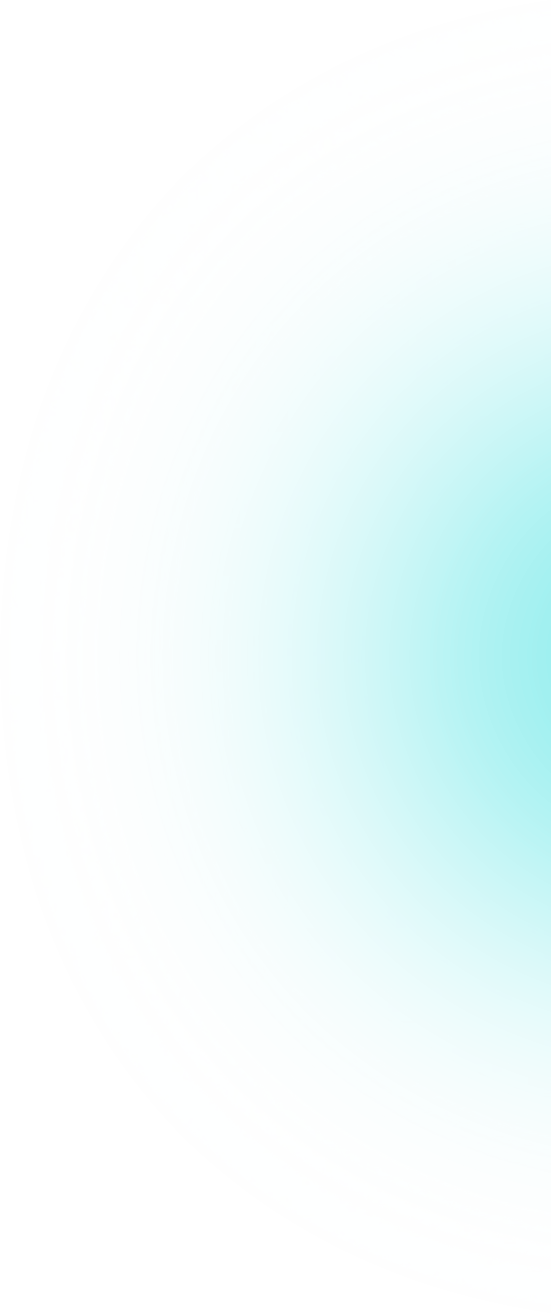





| # | Source | Pair | Volume | Price | Change | Updated |
|---|

| Date | Open | Close | High | Low | Volume |
|---|

TRON (TRX) has become one of the most talked-about blockchain projects in the cryptocurrency space. Whether you’re an investor looking to diversify your portfolio or a crypto enthusiast exploring decentralized ecosystems, you likely have questions about TRON. Below, we’ve compiled a comprehensive FAQ to address your queries, from the basics to future projections and recent updates. Let’s dive in!
TRON is a decentralized blockchain platform designed to build a global digital content entertainment system. Founded in 2017 by Justin Sun, TRON aims to decentralize the internet by allowing creators to share content directly with consumers, eliminating middlemen like YouTube, Netflix, and other centralized platforms.
TRX is the native cryptocurrency of the TRON network. It serves multiple purposes, including facilitating transactions, powering decentralized applications (dApps), and enabling governance within the ecosystem.
TRON sets itself apart through its focus on the entertainment industry and its high-throughput blockchain. Here are some key differences:
Investing in TRON (TRX) depends on your financial goals, risk tolerance, and belief in the project’s long-term vision. TRON has shown significant growth since its inception, and its focus on decentralization and entertainment makes it a unique player in the blockchain space.
However, like all cryptocurrencies, TRX is subject to market volatility. It’s essential to conduct thorough research, diversify your portfolio, and only invest what you can afford to lose. Many investors view TRON as a long-term hold due to its innovative technology and growing ecosystem.
TRON’s future looks promising, with several key developments on the horizon:
These advancements position TRON as a leading blockchain platform with the potential to revolutionize industries like entertainment, gaming, and finance.
TRON’s staking mechanism is a core feature of its blockchain ecosystem, designed to incentivize participation, secure the network, and distribute rewards to its community. Unlike traditional Proof of Stake (PoS) systems, TRON uses a Delegated Proof of Stake (DPoS) consensus mechanism. This approach combines efficiency, scalability, and decentralization, making it a standout feature of the TRON network. Let’s break down how TRON staking works and why it’s so appealing to users.
DPoS is a variation of the Proof of Stake (PoS) model, but with a key difference: instead of all token holders validating transactions, the community elects a group of Super Representatives (SRs) to do the work on their behalf. This system is designed to be faster, more efficient, and more democratic than traditional PoS.
Here’s how DPoS works on TRON:
Participating in TRON staking is straightforward and accessible to anyone with TRX tokens. Here’s a step-by-step guide to getting started:
One of the main incentives for staking TRX is the opportunity to earn rewards. Here’s how the reward system works:
While TRON has significant potential, it’s not without risks:
It’s crucial to stay informed and consider these factors before investing.
TRON’s development is ongoing, with regular updates and upgrades. Here are some recent highlights:
Stay tuned to TRON’s official channels and community forums for the latest news and updates.
Buying TRX is straightforward:
For storage, you have several options:
Always prioritize security by enabling two-factor authentication (2FA) and keeping your private keys safe.
TRON is increasingly becoming a hub for DeFi applications. With its high throughput and low transaction fees, TRON is an attractive platform for developers building decentralized exchanges, lending platforms, and other financial tools. Some notable DeFi projects on TRON include:
TRON’s focus on scalability and cost efficiency makes it a strong contender in the DeFi space.
TRON is often seen as a competitor to Ethereum due to its smart contract capabilities and focus on scalability. While Ethereum currently dominates the DeFi and NFT markets, TRON’s high throughput and lower transaction fees give it a competitive edge.
However, Ethereum is also evolving with its transition to Ethereum 2.0, which will introduce Proof of Stake and other improvements. The competition between these two giants is likely to drive innovation in the blockchain space, benefiting users and developers alike.
TRON is one of the most environmentally friendly blockchain platforms. Its Delegated Proof of Stake (DPoS) consensus mechanism consumes significantly less energy than Proof of Work (PoW) systems like Bitcoin. This makes TRON a sustainable choice for investors and developers concerned about the environmental impact of blockchain technology.
The TRON community is vibrant and welcoming. Here are some ways to get involved:
Engaging with the community is a great way to stay informed and contribute to TRON’s growth.
TRON has a maximum supply of 100 billion TRX. As of now, over 71 billion TRX are in circulation. The remaining tokens will be gradually released through staking rewards and other mechanisms.
Security is a top priority for TRON, and its robust architecture and innovative consensus mechanism make it one of the most secure blockchain platforms in the industry. TRON’s approach to security is multi-faceted, combining cutting-edge technology, rigorous design principles, and a decentralized governance model to protect its network and users. Let’s take a closer look at the key features that make TRON a secure and reliable blockchain platform.
At the core of TRON’s security is its Delegated Proof of Stake (DPoS) consensus mechanism. Unlike traditional Proof of Work (PoW) systems, which require massive amounts of computational power, DPoS is energy-efficient and highly scalable. Here’s how it works:
The DPoS mechanism not only enhances security but also promotes transparency and fairness, as the community has a direct say in who maintains the network.
TRON’s architecture is designed with security in mind. The platform uses a layered design, which separates the blockchain into distinct components to minimize vulnerabilities and improve performance. The two main layers are:
This layered approach not only enhances security but also allows for greater flexibility and scalability. For example, upgrades to the computation layer can be implemented without disrupting the settlement layer, ensuring a smoother and more secure development process.
One of TRON’s most innovative security features is its use of formal verification, a mathematical method for proving the correctness of software and protocols. Unlike traditional testing, which relies on trial and error, formal verification uses rigorous mathematical proofs to ensure that code behaves exactly as intended.
Here’s how formal verification enhances TRON’s security:
By prioritizing formal verification, TRON sets a new standard for blockchain security, making it a trusted platform for mission-critical applications.
TRON’s versatility makes it suitable for a wide range of industries, including:
TRON’s focus on real-world applications sets it apart from many other blockchain projects.
To stay updated on TRON, visit the following resources:
Seamlessly connect with Kenson Investments for specialized assistance on your digital asset journey.


Kenson Investments excels in digital asset management, serving high-net-worth individuals and businesses. We prioritize security and transparency, offering tailored solutions for asset management, diversification, and innovative investment opportunities in the expanding digital asset sector.
Disclaimer: The crypto currency and digital asset space is an emerging asset class that has not yet been regulated by the SEC and US Federal Government. None of the information provided by Kenson LLC should be considered as financial investment advice. Please consultant your Registered Financial Advisor for guidance. Kenson LLC does not offer any products regulated by the SEC including, equities, registered securities, ETFs, stocks, bonds, or equivalents.

Copyright © 2024 Kenson Investments. All Rights Reserved.